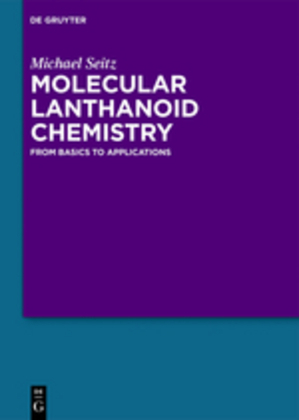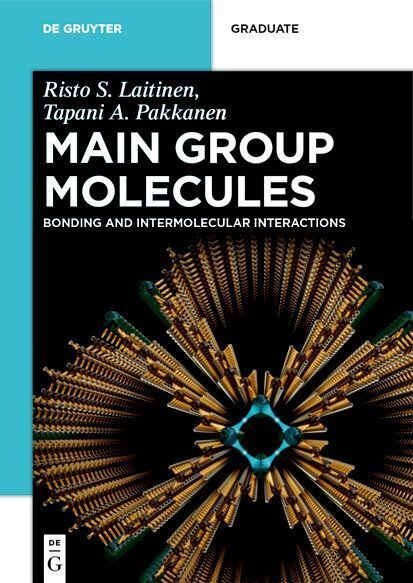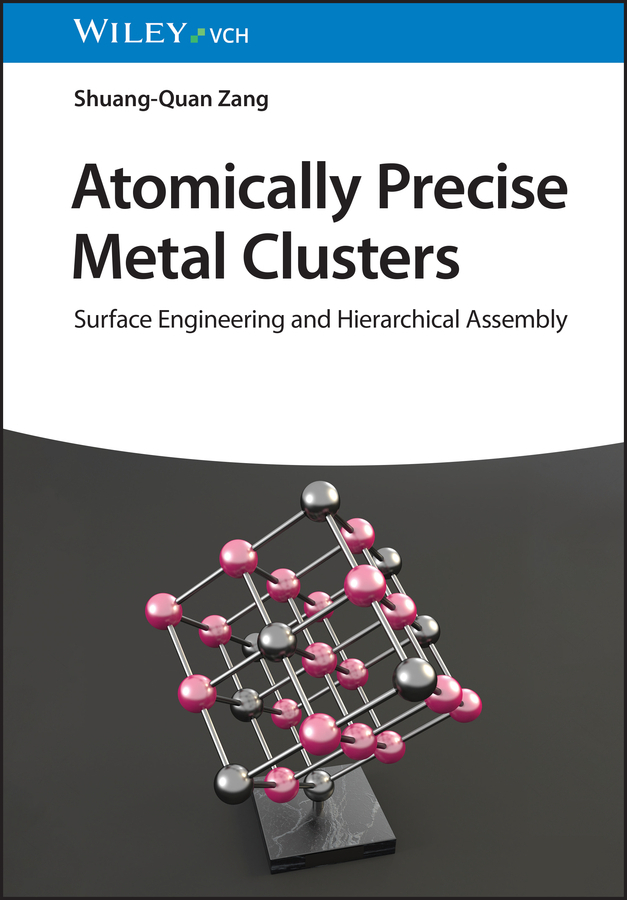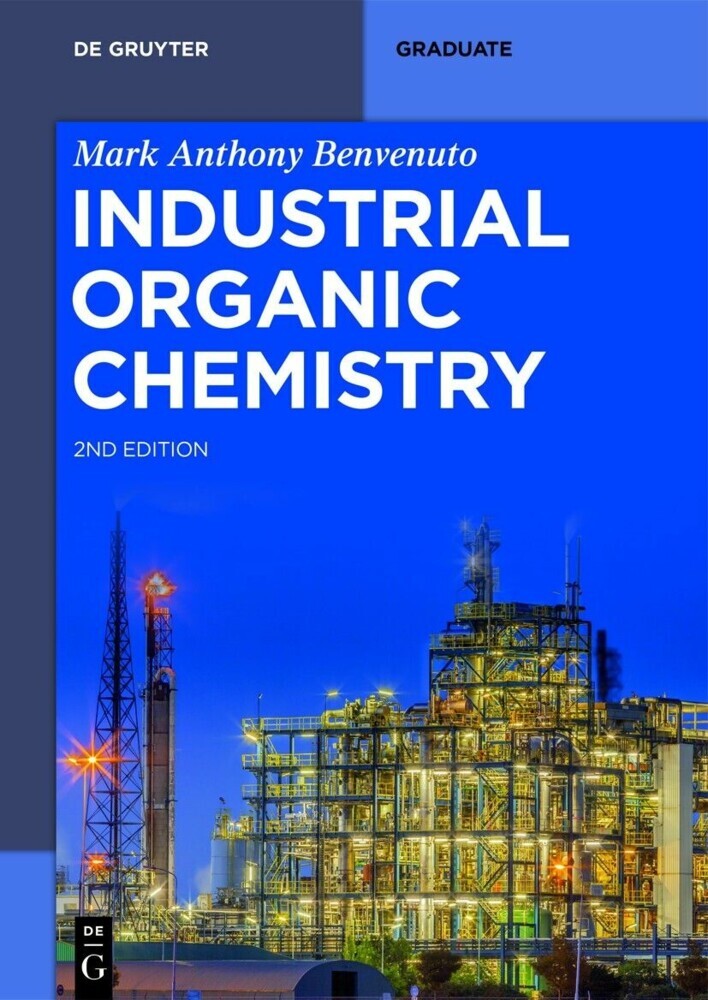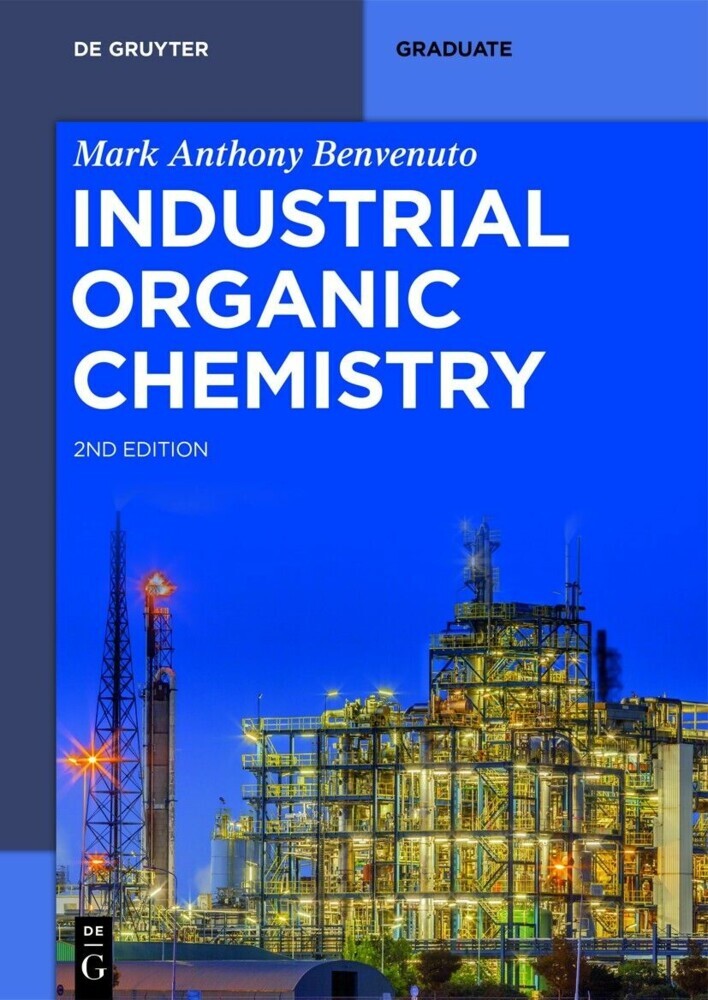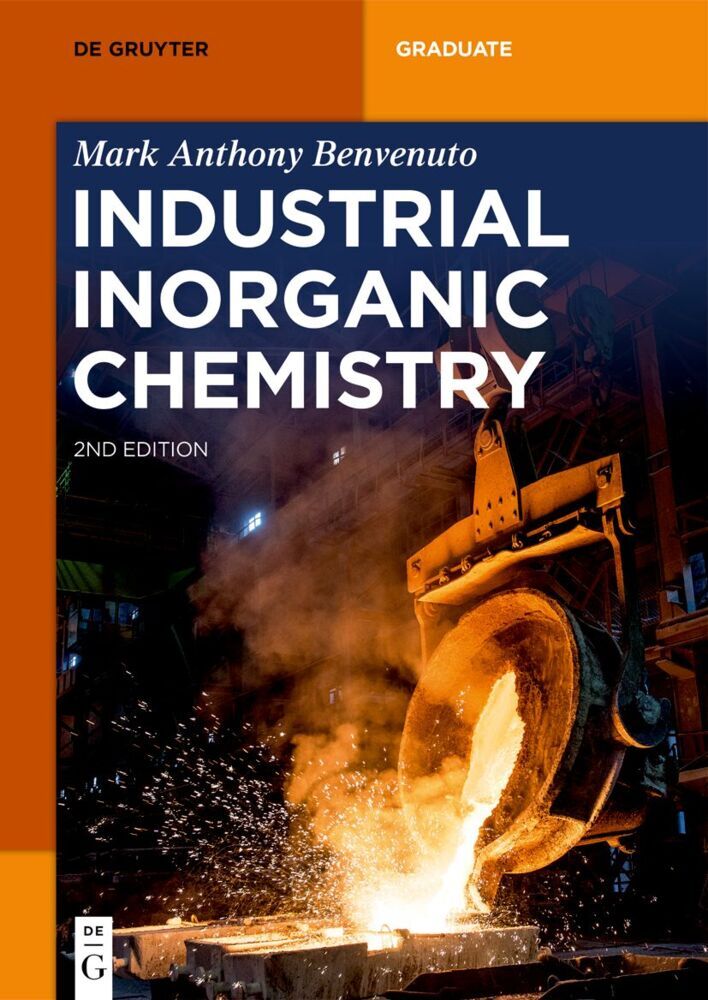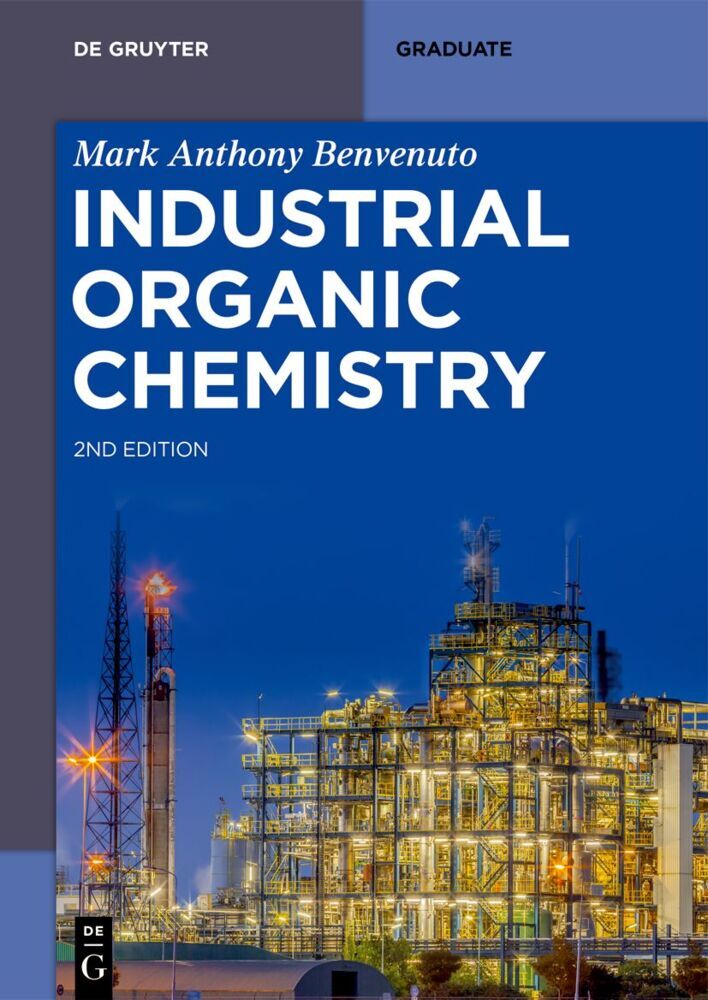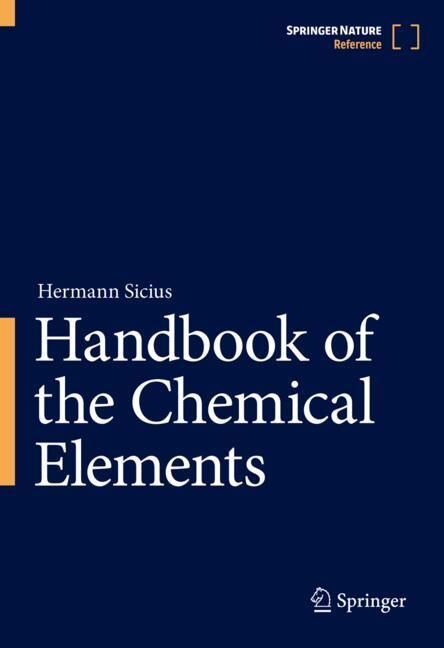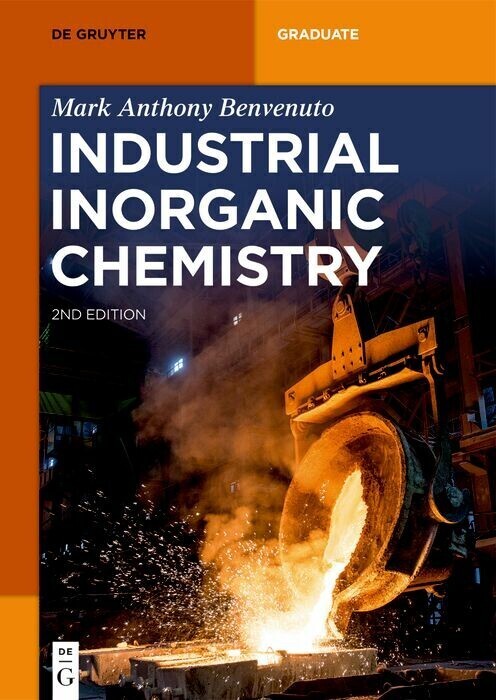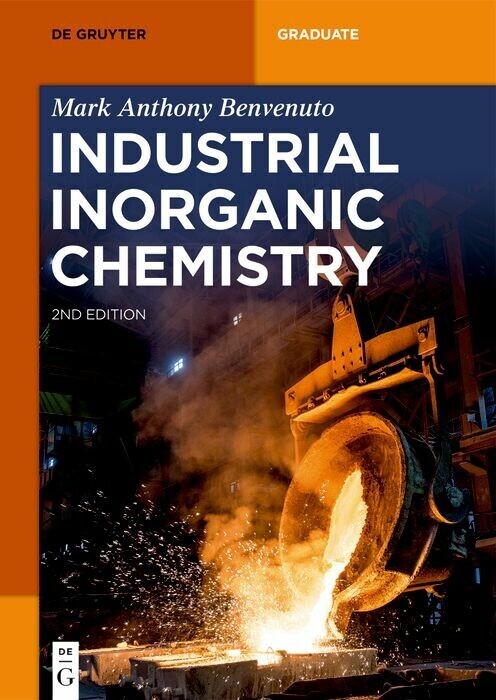Metal Sites in Proteins and Models
Redox Centres
Metal Sites in Proteins and Models
Redox Centres
Biological chemistry is a major frontier of inorganic chemistry. Three special volumes devoted to Metal Sites in Proteins and Models address the questions: How unusual ("entatic") are metal sites in metalloproteins and metalloenzymes compared to those in small coordination complexes? And if they are special, how do polypeptide chains and co-factors control this? The chapters deal with iron, with metal centres acting as Lewis acids, metals in phosphate enzymes, with vanadium, and with the wide variety of transition metal ions which act as redox centres. They illustrate in particular how the combined armoury of genetics and structure determination at the molecular level are providing unprecedented new tools for molecular engineering.
Structure and function of the xanthine-oxidase family of molybdenum enzymes
Nickel-iron hydrogenases: Structural and functional properties
Coordination sphere versus protein environment as determinants of electronic and functional properties of iron-sulfur proteins
The bio-inorganic chemistry of tungsten.
Structural characterization of the Mn site in the photosynthetic oxygen-evolving complex
Metal sites in small blue copper proteins, blue copper oxidases and vanadium-containing enzymesStructure and function of the xanthine-oxidase family of molybdenum enzymes
Nickel-iron hydrogenases: Structural and functional properties
Coordination sphere versus protein environment as determinants of electronic and functional properties of iron-sulfur proteins
The bio-inorganic chemistry of tungsten.
Hill, H. O. A.
Sadler, Peter J.
Thomson, A. J.
| ISBN | 9783540628880 |
|---|---|
| Artikelnummer | 9783540628880 |
| Medientyp | Buch |
| Copyrightjahr | 1997 |
| Verlag | Springer, Berlin |
| Umfang | 209 Seiten |
| Abbildungen | 5 SW-Abb., 33 Farbabb., |
| Sprache | Englisch |

